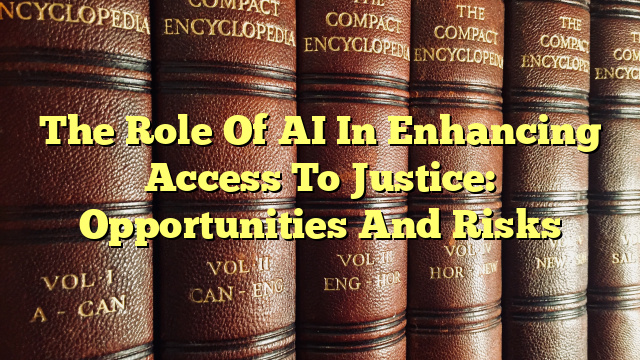How is AI used in the justice system?
AI has the potential to be used in a variety of ways in the criminal justice system. AI can be used to help automate manual processes, such as document review, legal research, and data analysis. AI can also help to identify patterns of criminal behavior, which could help law enforcement agencies to be more effective in their investigations. In addition, AI can be used to automate legal decision-making, such as sentencing, and even to predict the likelihood of recidivism. In some cases, AI can be used to assist in the resolution of disputes, such as in the mediation of civil cases.
Can AI improve the justice system?
The use of AI in the criminal justice system can certainly have a positive impact, but there is still much to be learned about how to best incorporate AI into the system. It is still early days for AI in the criminal justice system, and while strides have been made in the last few years, much work remains to be done in order to ensure that AI is implemented in a way that is both beneficial to the public and fair to those accused of crimes. AI can have a positive impact in areas such as reducing the amount of time it takes to process cases, increasing accuracy in decision making, reducing the cost of prosecuting and defending cases, and improving access to justice. AI can also assist in the prevention of crime, as well as helping law enforcement agencies to respond more quickly and accurately to emergencies.
What are the advantages of AI in criminal justice?
The advantages of AI in criminal justice are numerous. AI can help to reduce workloads for human lawyers, as well as reduce the number of costly mistakes made in court proceedings. AI can also help to identify patterns of criminal behavior, which can assist law enforcement in their investigations. In addition, AI can help to improve accuracy in decision-making, as well as reduce the time it takes to process cases. AI can also reduce the cost of prosecuting and defending cases, which is an important consideration for those who are unable to afford legal representation.
What are the risks of using AI in law enforcement?
The risks of using AI in law enforcement include the potential for discrimination and bias in decision making. AI can also be used to target certain groups, and it is important to be aware of the potential for misuse. AI can also be used to collect and store large amounts of data, which can lead to privacy issues. In addition, AI can be used for surveillance purposes, which can be a violation of civil liberties. It is therefore important to ensure that AI is used responsibly and in accordance with ethical and legal standards.
Conclusion
AI has the potential to revolutionize the criminal justice system. AI can help to reduce costs, increase accuracy in decision making, and improve access to justice. However, it is important to be aware of the potential for misuse and to ensure that AI is used responsibly and in accordance with ethical and legal standards. As AI continues to evolve, it is important to consider the opportunities and risks associated with its use in the criminal justice system.

